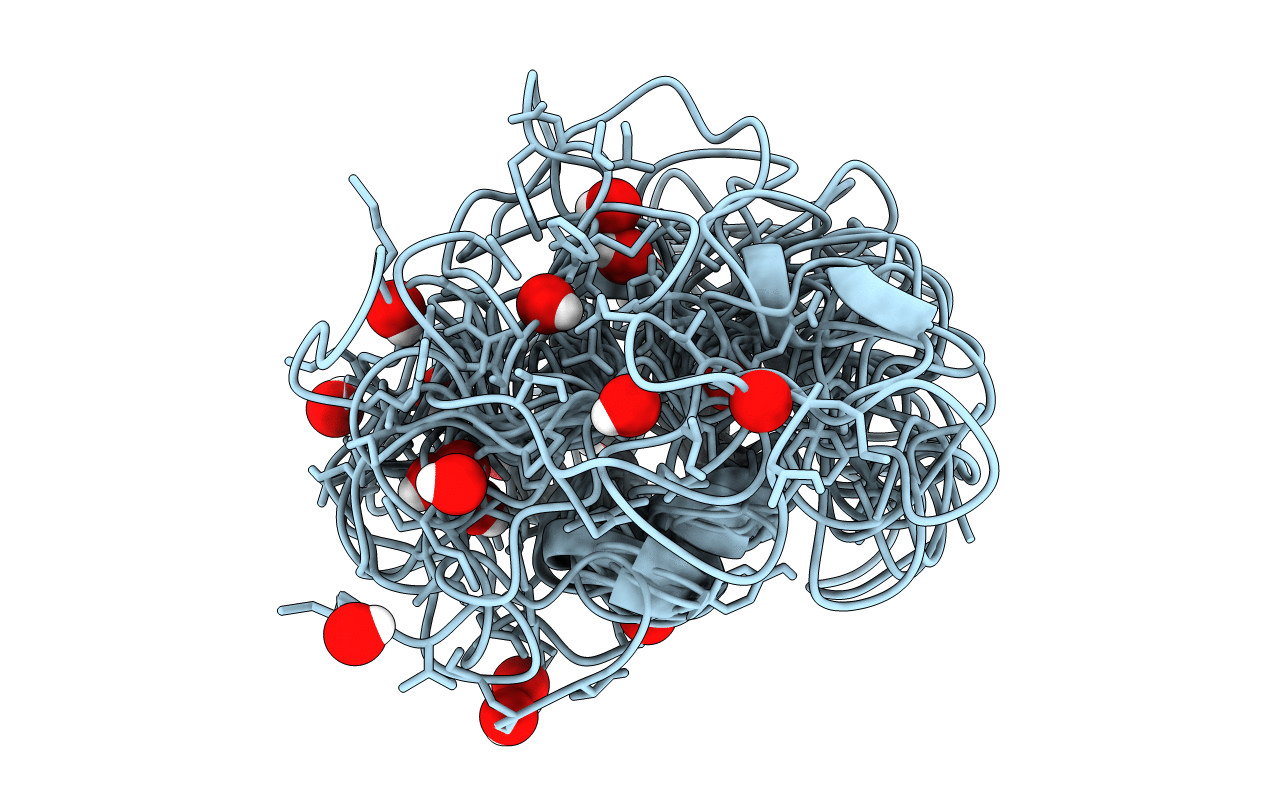
Deposition Date
2004-01-16
Release Date
2004-06-08
Last Version Date
2024-11-13
Method Details:
Experimental Method:
Conformers Calculated:
60
Conformers Submitted:
20
Selection Criteria:
structures with favorable non-bond energy


